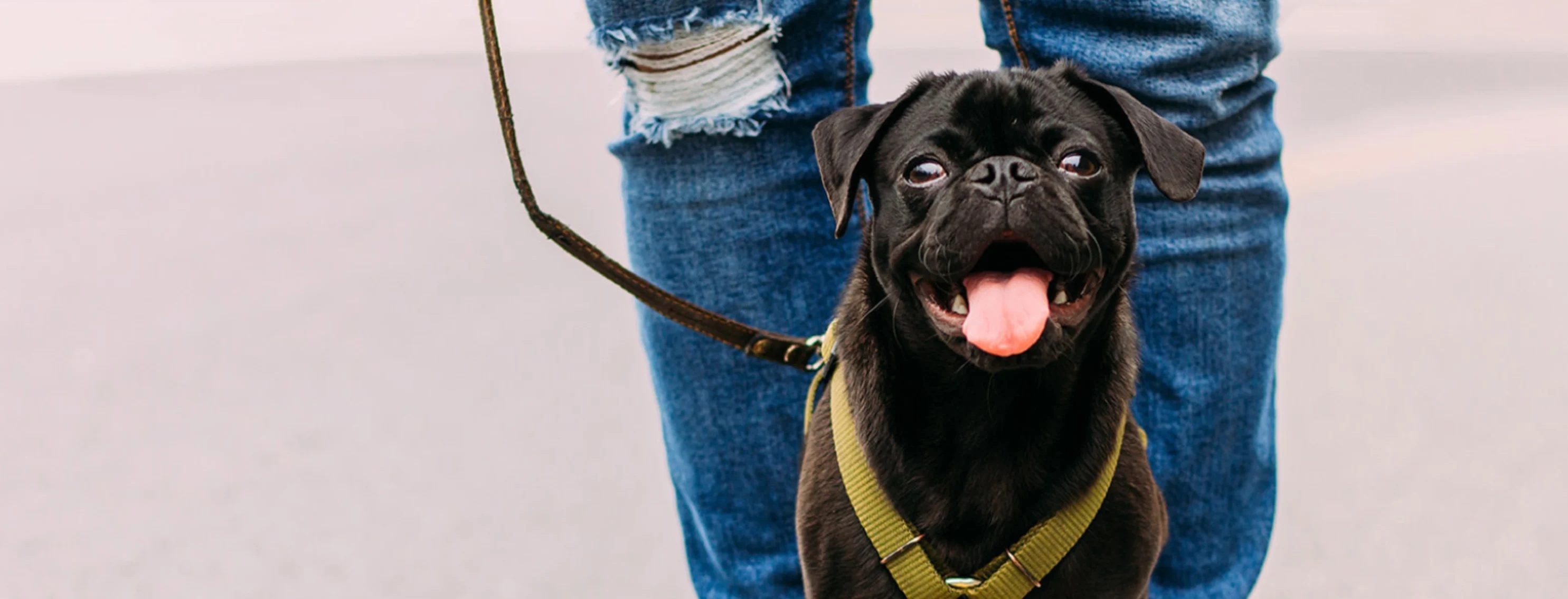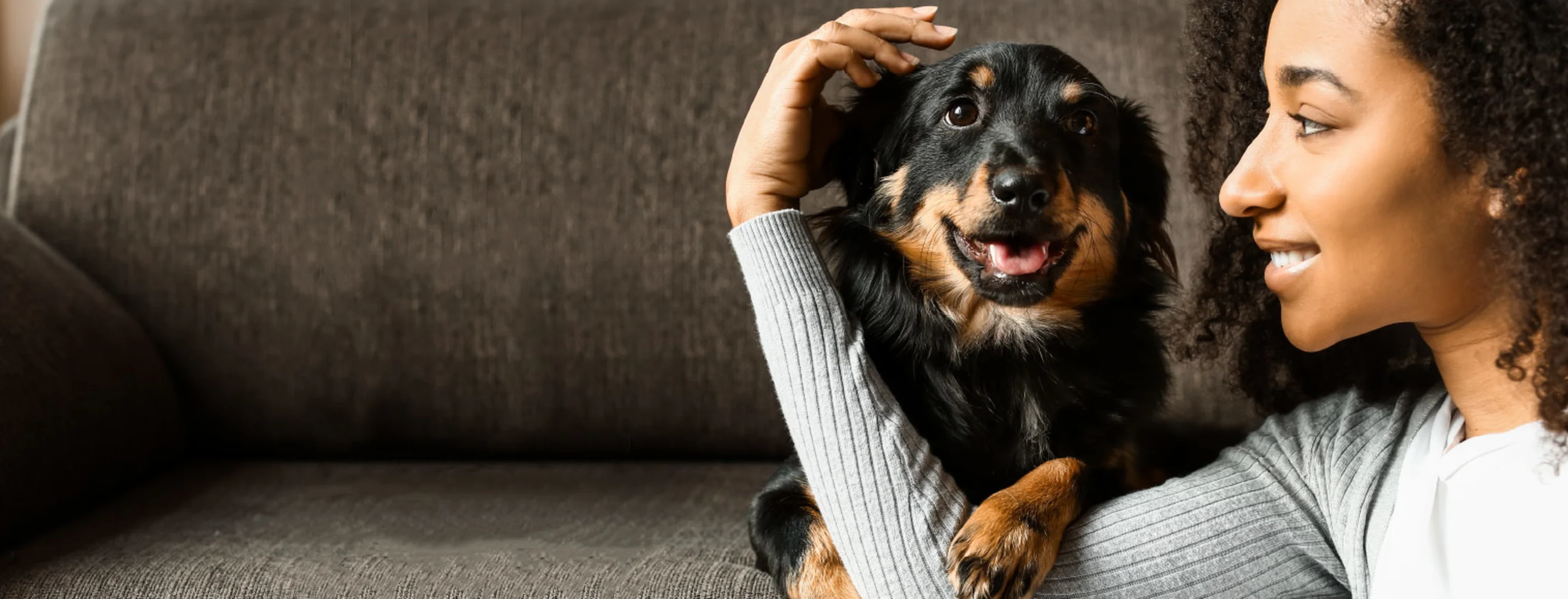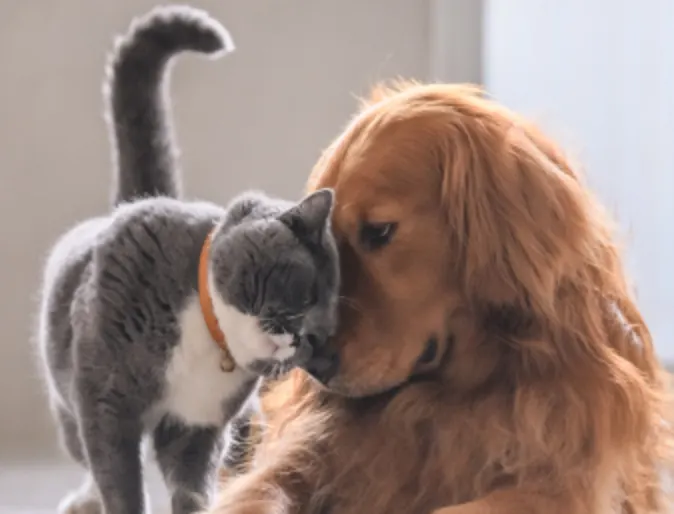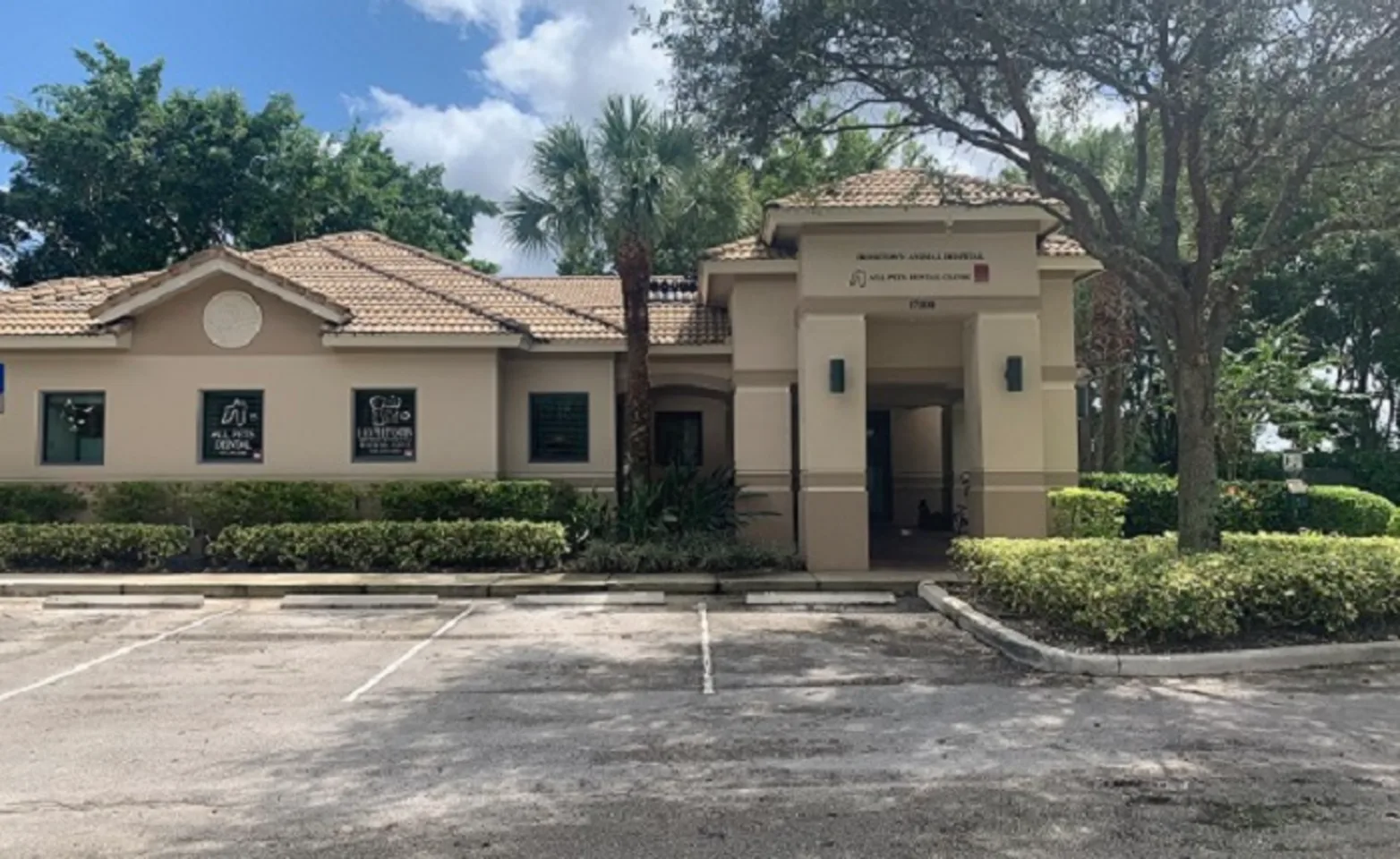Hometown Animal Hospital





All Pets Dental

Accreditations & Certifications

General Wellness

Your Neighborhood Animal Care Center
Founded by Dr. Jan Bellows in 2000, the doctors and staff at Hometown Animal Hospital have been providing high quality veterinary medical and dental care to the dogs and cats, and outstanding service to their families. Our philosophy is to treat the whole pet with a focus on disease prevention and wellness. Our hospital is a full-service diagnostic, medical, dental and surgical care center for your pet.
Client Testimonials and Reviews
We at Hometown Animal Hospital value all of the feedback from our beloved guests. Here is a small sample of the happy clients we have served over the years.
